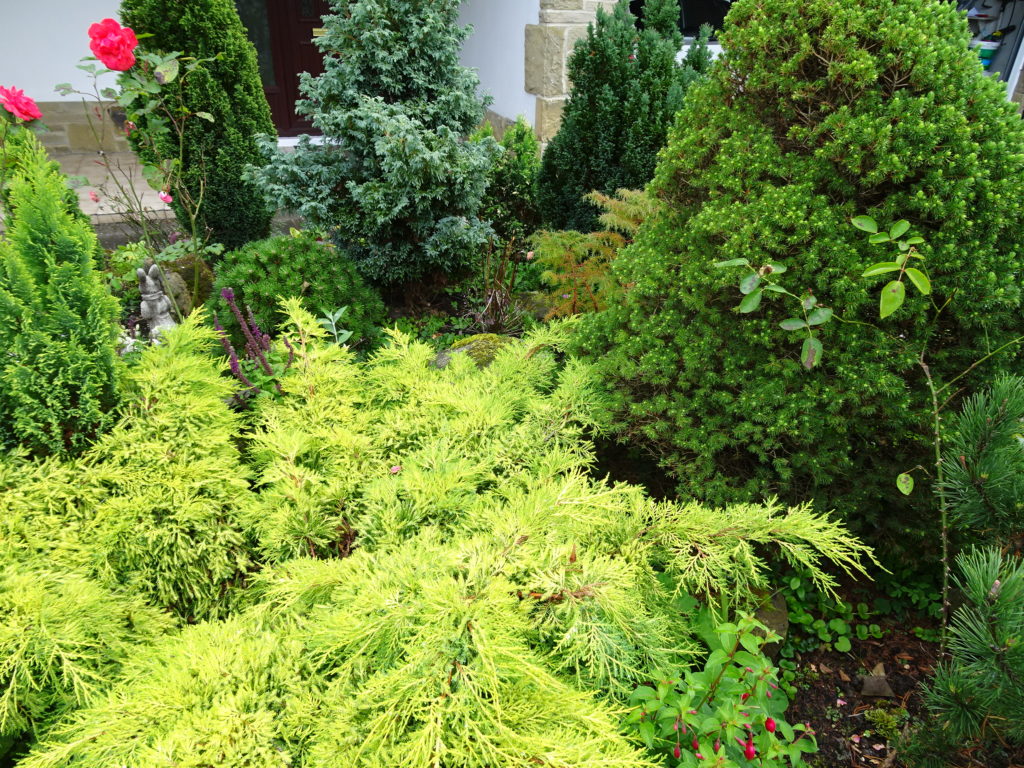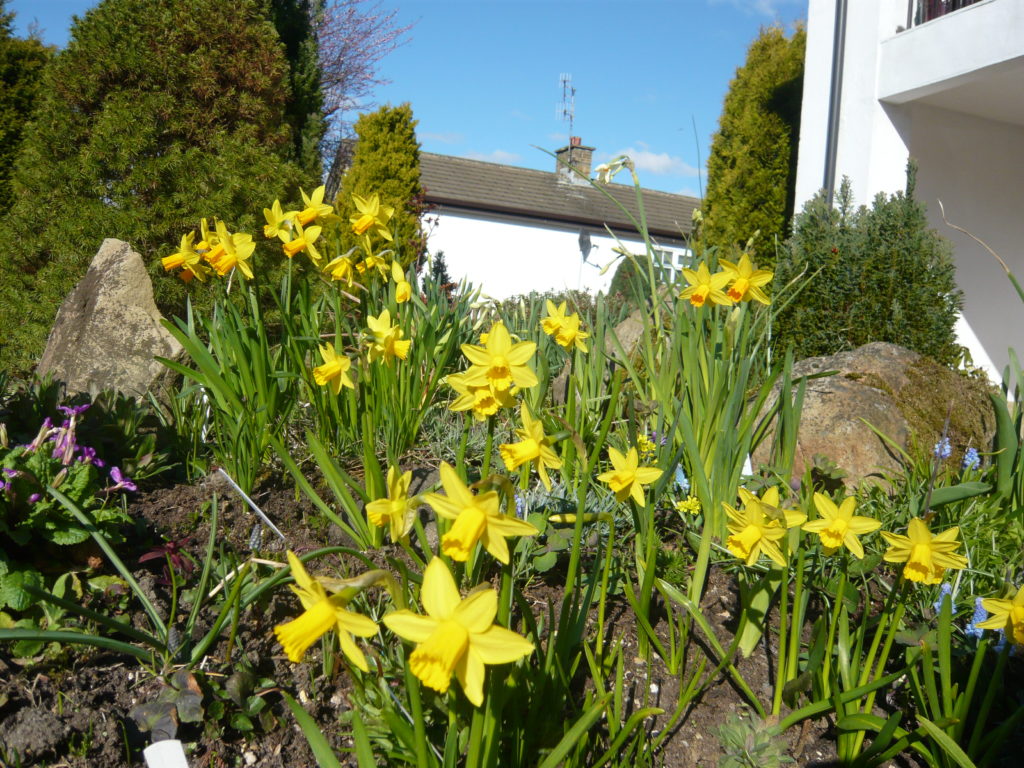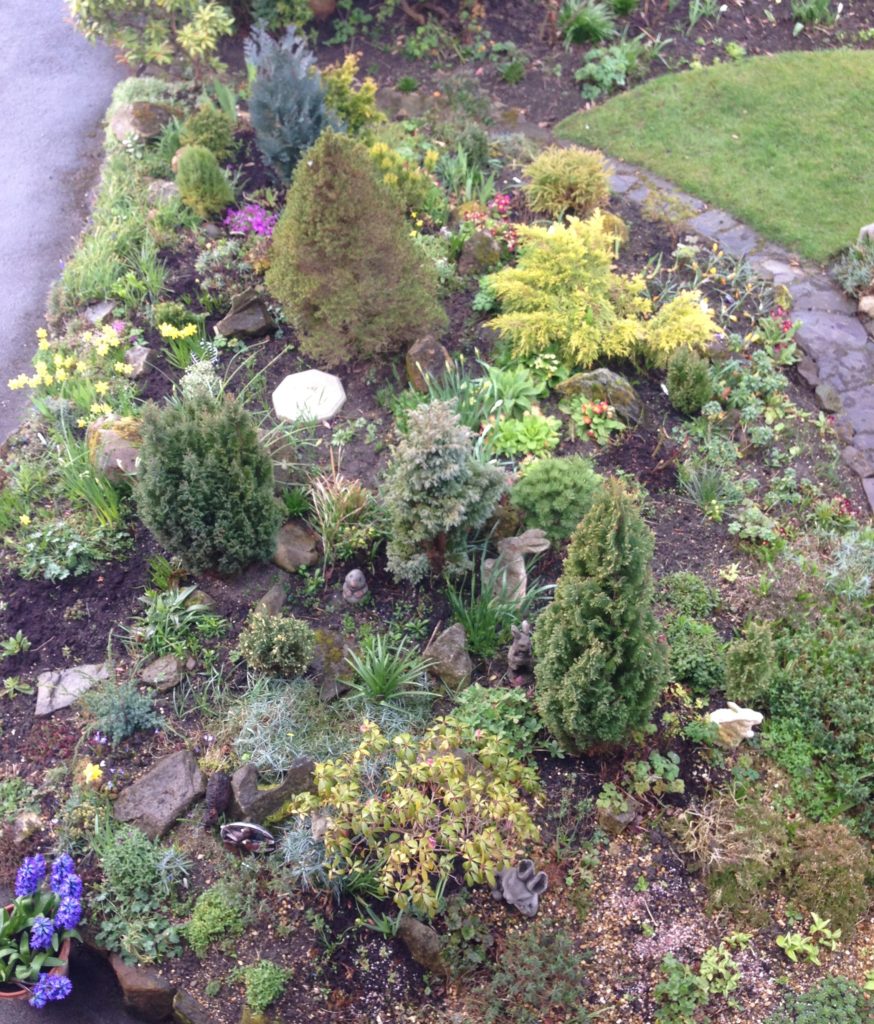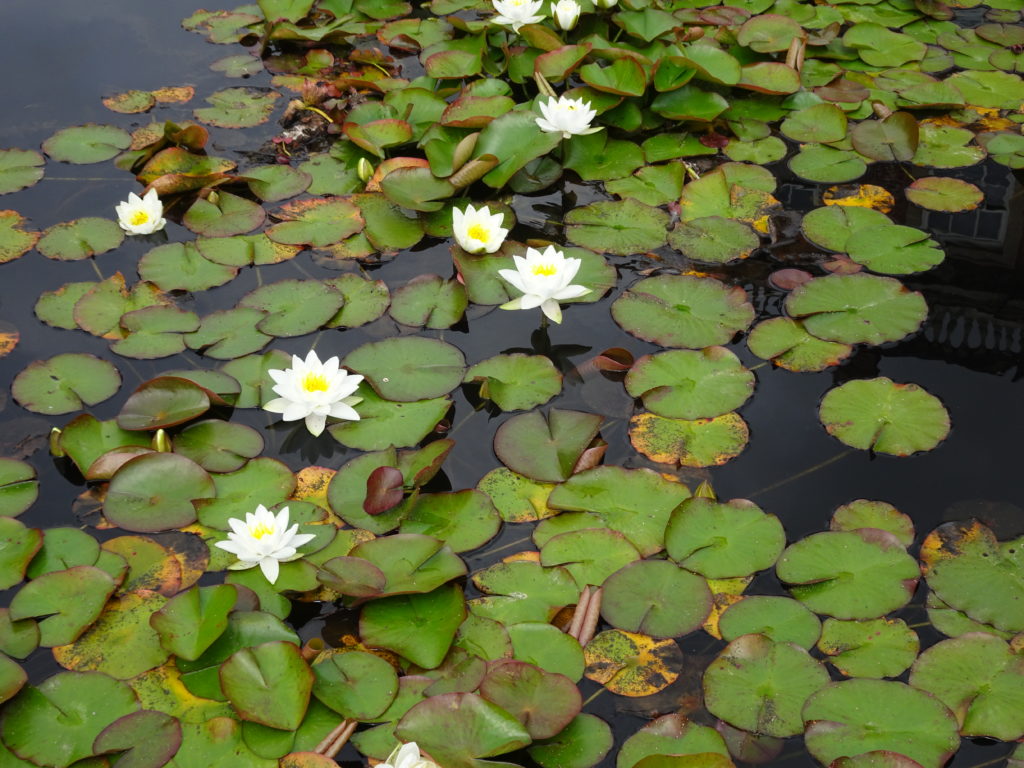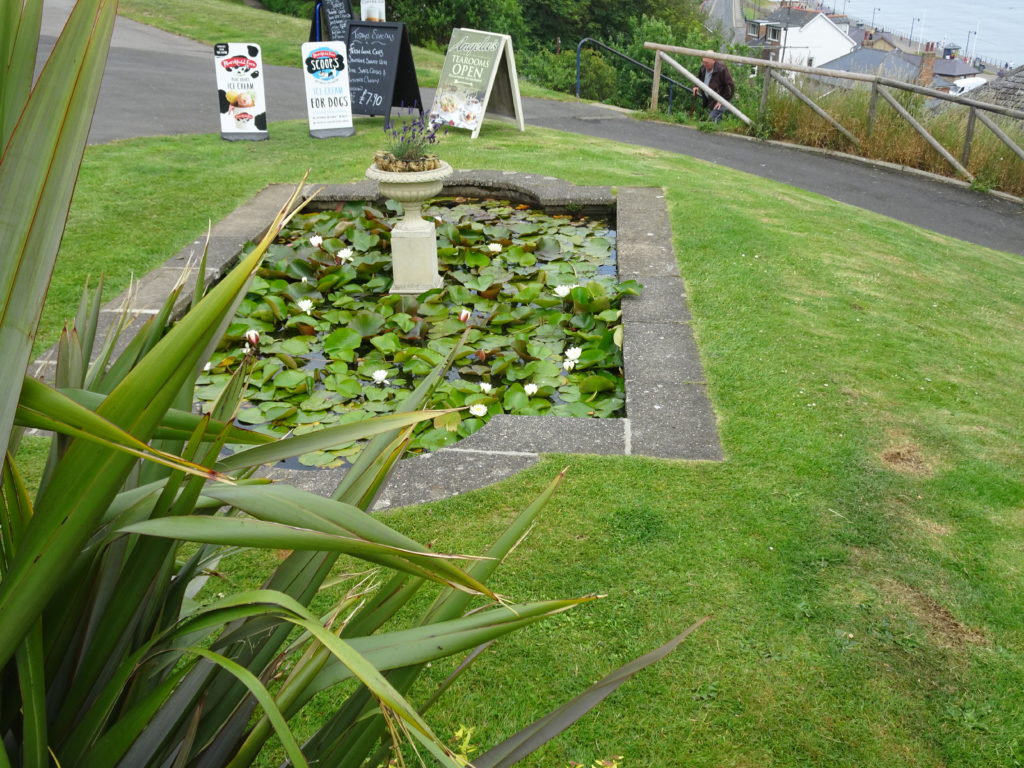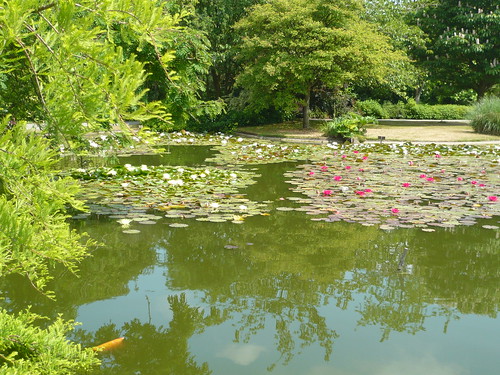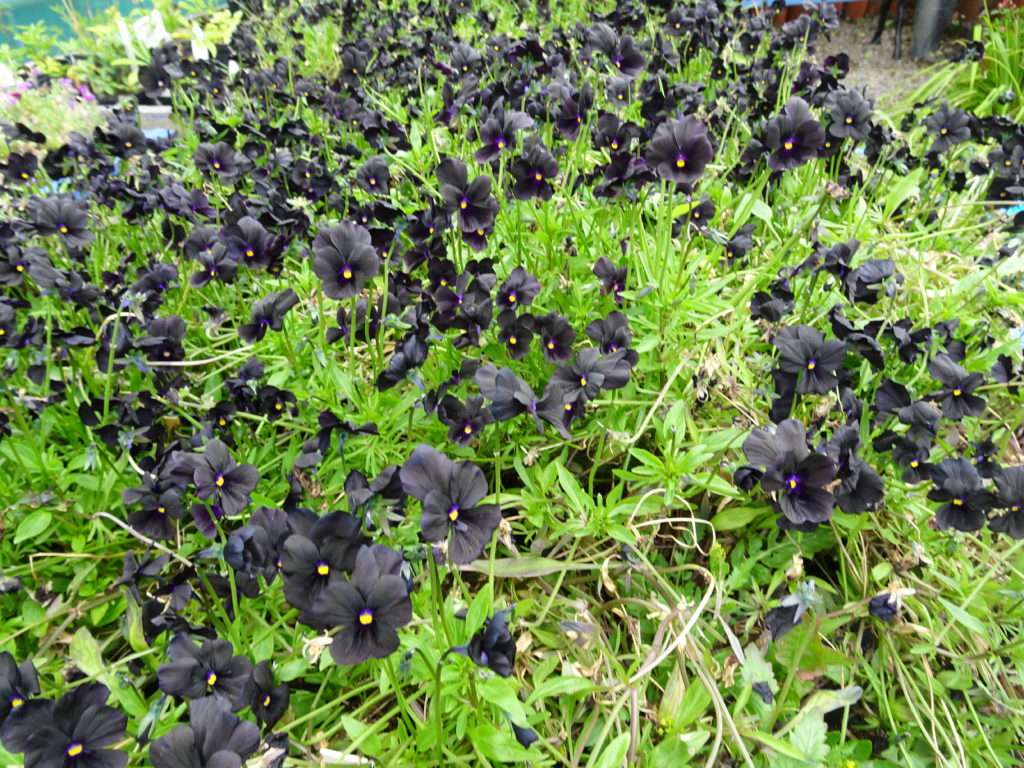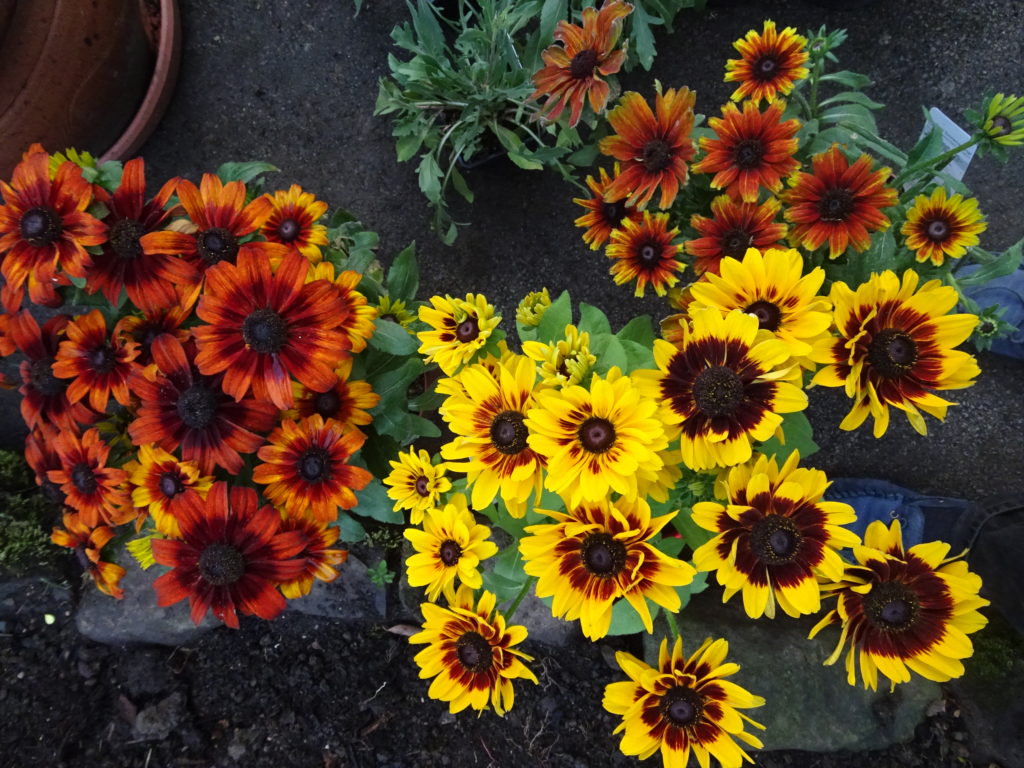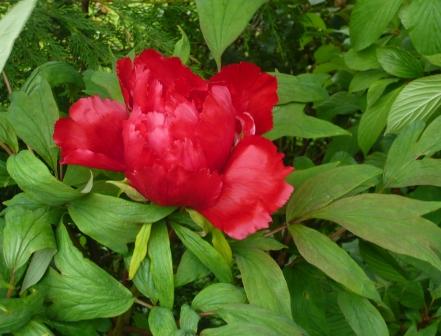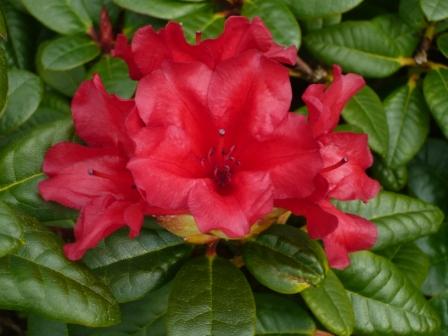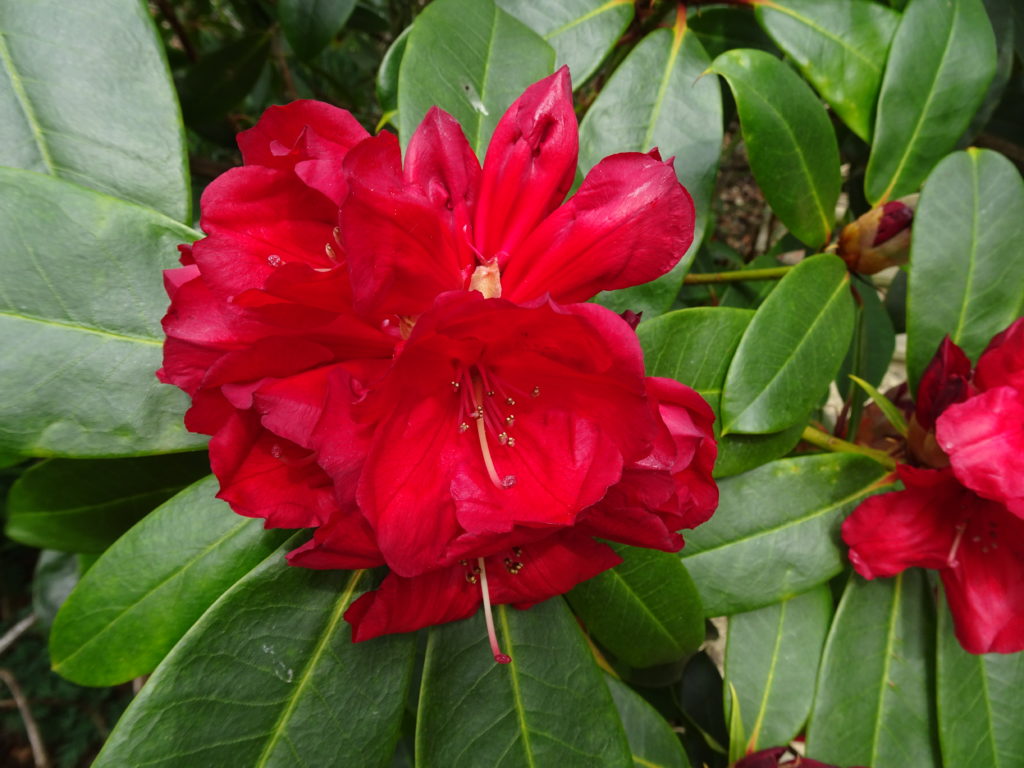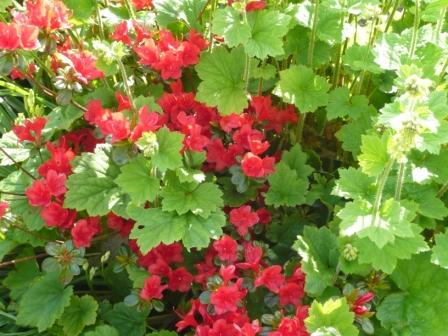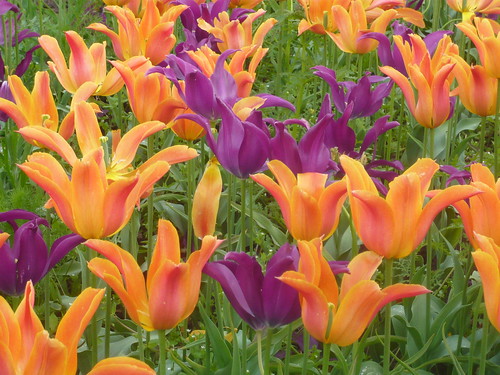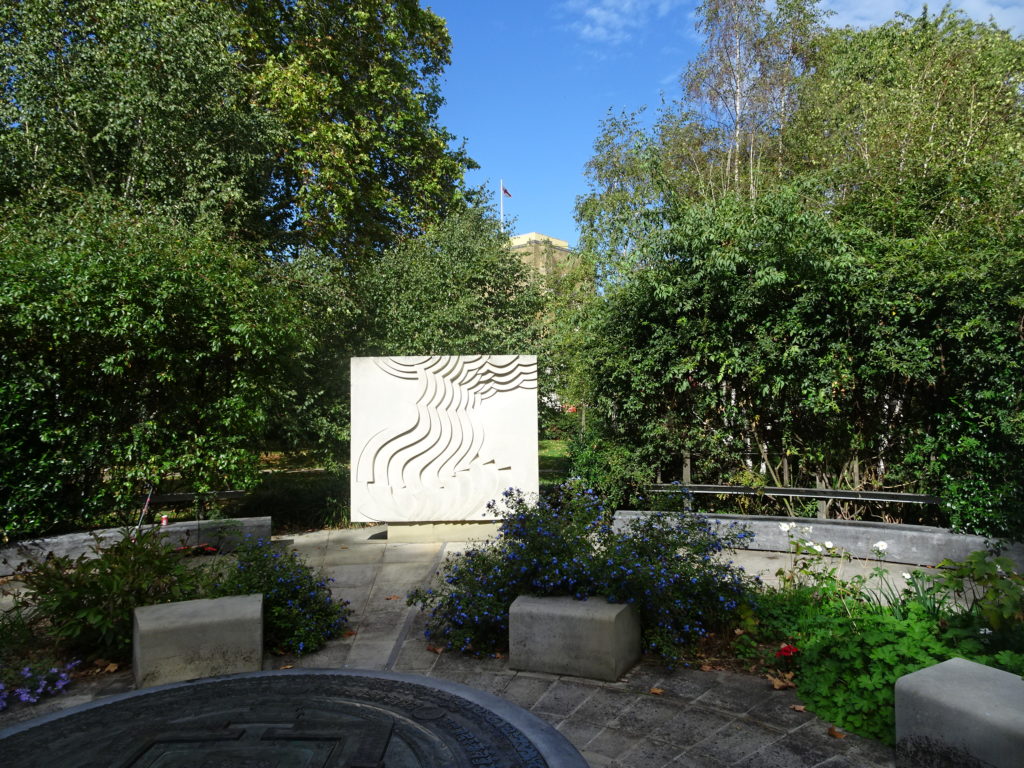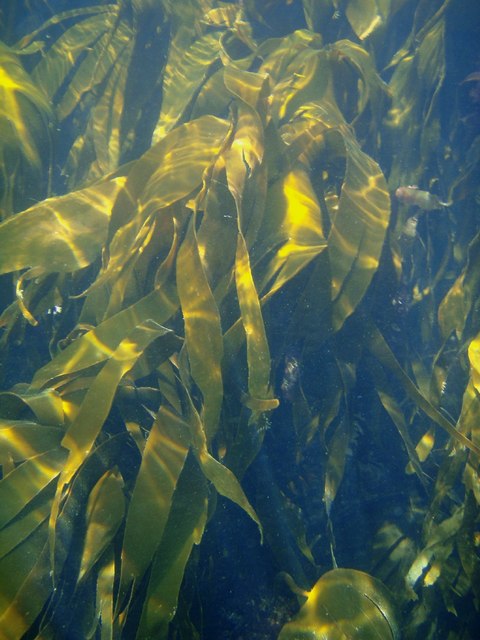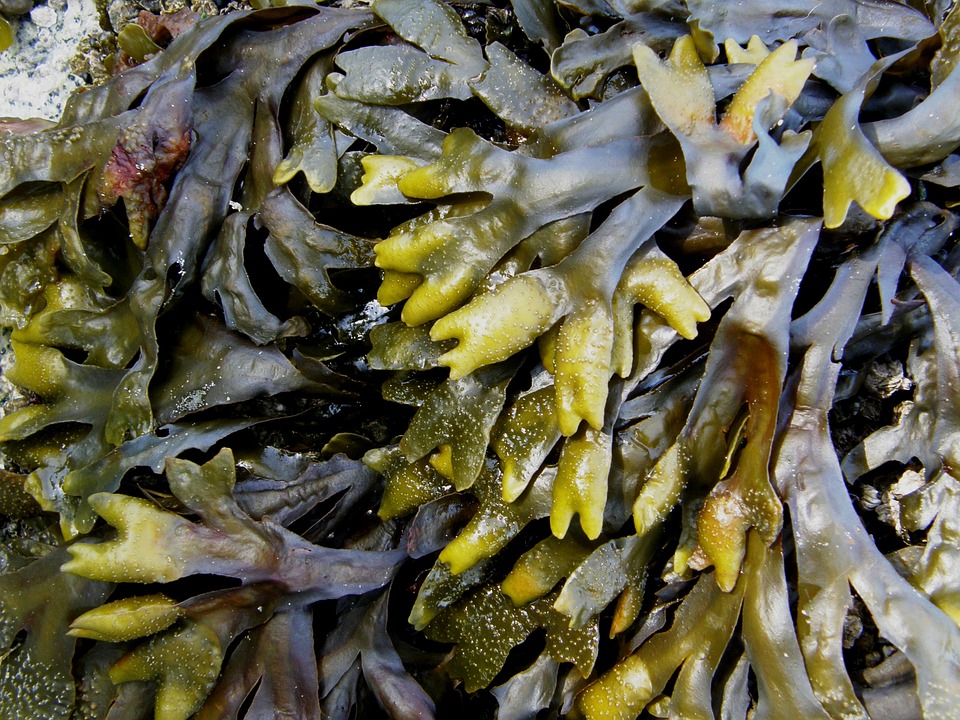Small Spaced Kitchen Gardens

Where space is limited or very limited there are still many ways to create a productive kitchen garden.
Optimising Space for your Kitchen Garden.
- It seems common sense to plan to use what you have available. That covers layout, sequential growing and innovation.
- If you have a ‘general’ garden then you can interplant kitchen plants eg herbs with box hedges, colourful veg with annuals and fruit trees instead of conifers.
- Substitute kitchen garden plants for other plants and features as they did when digging for victory.
- I grow potatoes in old compost bags and pots on my many paths.
- Other garden veg can be grown in pots even runner beans. Another plant I am having success with is tumbler (Cherry) tomatoes in smallish pots. The are compact easy to grow and are currently producing lots of small sweet fruit.
- Chose plants and varieties that grow and mature quickly eg salad, radish courgettes and edible flowers.
- Herbs can be grown in slender strawberry pots with several opening spaces.
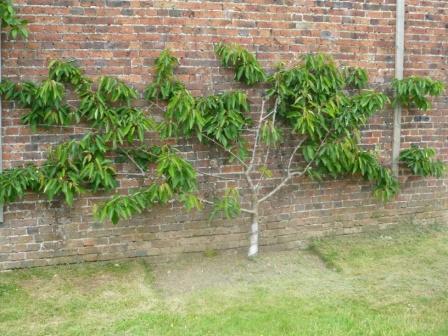
Small Garden Fruit
- Dwarf rooting stock has opened up the opportunity to grow and pick fruit from small constrained trees or shrubs.
- Trained apple, pear or currants can be grown as cordons, espalier or fans against a wall. I have also seen a gooseberry grown this way. ( Cordons are diagonal branches that are only allowed short laters, espaliers are grown with a vertical and one or two level branches forming a cross).
- Grape vines normally need a lot of space but with rigorous training and the right location you can succeed in a small plot.
- Soft fruit including strawberries and blue berries are ripe for pot growing.
- I would always find space for rhubarb but that is due to my ‘pie fetish.’
